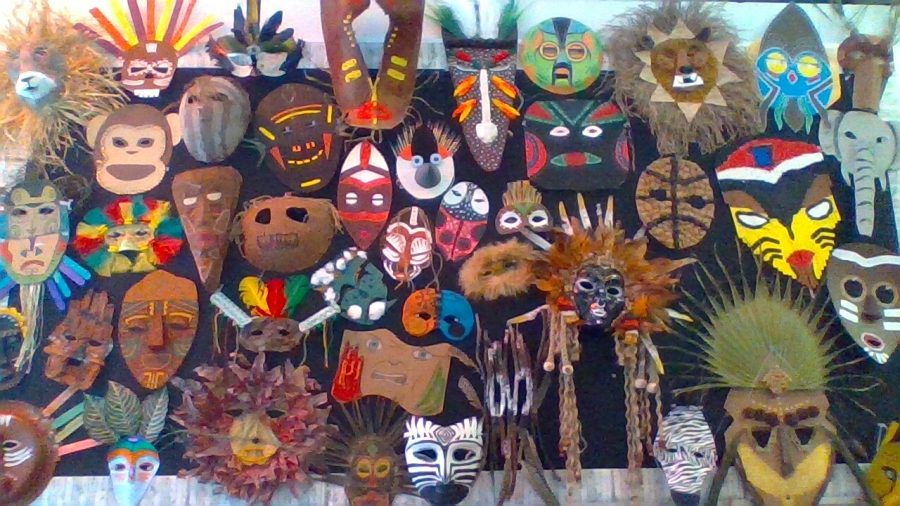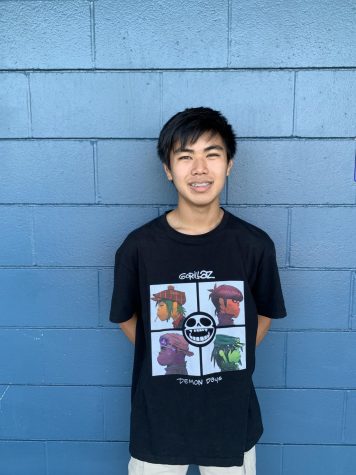African Masks- Featured From Ms. Bellendir’s Classes
Some of the masks made in Ms. Bellendir’s seventh-grade history classes.
December 28, 2021
When people think of Africa, they only think of the Savanna deserts and dry wastelands, but not everyone may know the amazing history and beauty that lies within.
Students in Ms. Bellendir’s seventh-grade history classes have learned the tremendously rich history behind African culture. In early November 2021, students were given the task to create an African mask inspired by the ones the ancient Africans made.
According to Ms. Bellendir, “The project was independent during our Africa unit. Students learned about how African masks were traditionally made and what they were used for, such as initiations, harvest preparation, war preparation, and celebrations. Students were encouraged to use supplies from around their homes and make a mask that somehow reflected them.” Students like seventh-graders Shamas Hassan-Reep and Maddie Heenan took on the challenge and did just that.
“I was inspired by making the mask by using the colors of most of the flags of Africa, like the republic of the congo,” explains Hassan-Reep. With his mask being a representation of the colors of most African flags, it involved colors like red, green, yellow, and black. The point of the project was that when the mask was worn, they would feel the power of whatever the mask had. Heenan, however, took a slightly different approach.
“The qualities that I took from learning about Africa to make my mask were how the African tribes and empires that we learned about had a strong military force. This inspired me to make a mask that looks like a bull, because, similar to the African civilizations that we learned about, a bull is also strong and powerful,” Heenan describes.
As for the materials, Hassan-Reep used primer paint and the base mask Bellendir provided to do his project. Heenan decided to go all out and explains, “The materials that I used to create this mask were wood chips, different brightly colored paints, cardboard, beads, string, and hot glue. More specifically, I used the cardboard, beads, string, and paint to create the horns of the mask, and I used the wood chips on the front of the mask to give it an earthy texture.”
The reason why the students created these masks in the first place, Hassan-Reep believes, “[are because of the] Africa unit and African representation.”
Additionally, Heenan claims, “I think that we made these masks to learn more about the ancient African culture, and to honor different cultures that we may not be most familiar with.”
In the end, both Hassan-Reep and Heenan, as well as all the other students who made the African masks, showed off the beauty of Africa’s past.



Shamas Hassan • Jan 26, 2022 at 12:02 pm
I got interviewed!